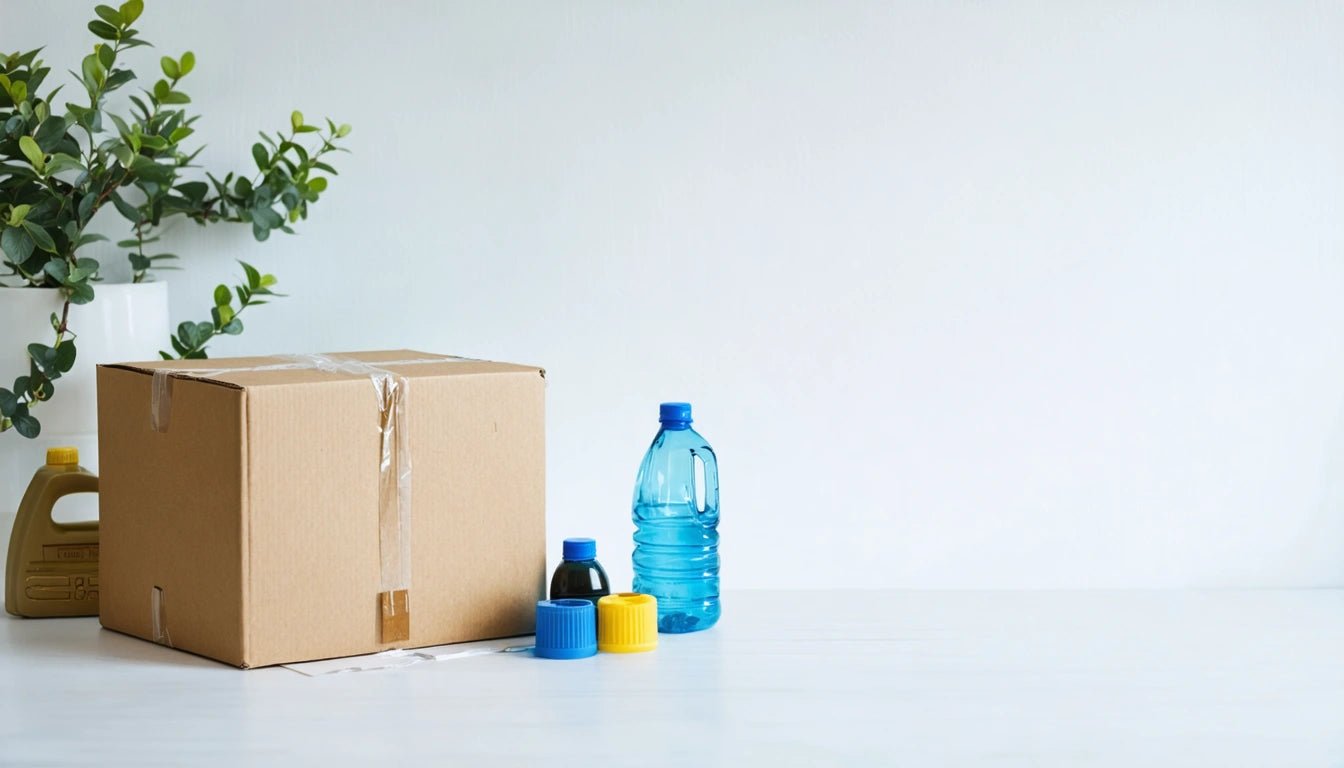Table of Contents
The Ultimate Guide to Shrink Wrapping Boxes: Techniques and Tips
Shrink wrapping boxes provides protection, tamper evidence, and a professional appearance for products and packages. Whether you're preparing items for shipping, retail display, or storage, understanding how to shrink wrap a box properly ensures your items remain secure and presentable. This comprehensive guide covers everything from material selection to advanced techniques for perfect results every time.
What is Shrink Wrap: Materials and Applications
Shrink wrap is a polymer plastic film that contracts tightly when heat is applied. Unlike standard plastic wrap, shrink wrap is manufactured with polymers that respond to heat by shrinking up to 40% of their original size. This creates a tight, custom-fit barrier around objects.
Common Types of Shrink Wrap
- Polyolefin (POF) - The most versatile and commonly used shrink film, suitable for most applications including food packaging
- PVC (Polyvinyl Chloride) - Less expensive but contains chlorine and produces fumes when heated
- Polyethylene (PE) - Thicker and more durable, often used for bundling multiple items
When selecting materials, consider factors like clarity, strength, and thickness. For those seeking quality materials, finding reliable sources to buy shrink wrap is an important first step.
Equipment Needed for Shrink Wrapping
To successfully shrink wrap a box, you'll need several key tools:
- Shrink film of appropriate size and thickness
- Heat source (heat gun, heat sealer, or shrink wrap system)
- Cutting tool (scissors or utility knife)
- Heat-resistant gloves
- Measuring tape
- Optional: Sealing tape or impulse sealer for larger projects
For beginners, a basic heat gun is sufficient, while commercial operations might invest in professional shrink systems. Many companies that supply packaging materials, such as those offering eco-friendly packaging solutions for various products, also carry shrink wrap equipment suited for different business needs.
Step-by-Step Guide: How to Shrink Wrap a Box
Preparation
1. Measure your box and cut shrink film with at least 3-4 inches of extra material on all sides
2. Ensure the box surface is clean and dry
3. Remove any sharp protrusions that might puncture the film
Wrapping Process
1. Center the box on the cut film
2. Fold the film around the box, creating a loose envelope
3. If using a heat sealer, seal the edges where the film overlaps
4. For manual wrapping, secure overlapping edges with small pieces of tape
Heat Application
1. Set your heat gun to medium heat (approximately 300 °F/149 °C)
2. Hold the heat gun 4-6 inches away from the surface
3. Move continuously in a sweeping motion, starting from the center and moving outward
4. Pay special attention to corners and edges
5. Continue until all wrinkles disappear and the film conforms tightly to the box
Understanding how to use shrink wrap safely and effectively is crucial for achieving professional results while avoiding damage to your products.
Common Mistakes and Troubleshooting
Even experienced users can encounter challenges when shrink wrapping boxes. Here are solutions to common problems:
Wrinkles and Folds
Caused by: Uneven heat application or improper sizing
Solution: Use more uniform sweeping motions with your heat gun and ensure your film is cut with adequate excess on all sides
Burns or Holes
Caused by: Excessive heat or holding the heat source too close
Solution: Maintain proper distance (4-6 inches) and keep the heat gun moving constantly
Loose Corners
Caused by: Insufficient heat application at corners
Solution: Pay extra attention to corners, applying heat from multiple angles
Film Not Shrinking Uniformly
Caused by: Inconsistent film quality or improper technique
Solution: Invest in higher-quality shrink film and practice consistent heat application
Advanced Techniques for Professional Results
Once you've mastered the basics of how to shrinkwrap a box, consider these advanced techniques:
Creating Display Windows
For retail packaging, consider creating clear "windows" that showcase the product while protecting it. This technique involves strategic placement of the shrink film and careful heat application.
Combining with Other Materials
For gift or specialty packaging, shrink wrap can be combined with decorative elements. Creative wrapping approaches might include adding ribbons or cards before applying the final shrink wrap layer.
Multi-Pack Bundling
For bundling multiple boxes together, use thicker polyethylene film and create a "tray" or base before wrapping the entire bundle. This technique is popular for retail multipacks and promotional sets.
Sustainability Considerations in Shrink Wrapping
As packaging practices evolve, many businesses and consumers are seeking more sustainable options. Consider these approaches to reduce environmental impact:
Alternative Materials
Look for biodegradable or recycled content shrink films, which are becoming increasingly available. Some newer materials offer similar performance with reduced environmental footprint.
Minimizing Material Use
Calculate the minimum film needed for each application to reduce waste. Precise cutting and efficient wrapping techniques can significantly decrease material consumption.
Recycling Programs
Implement recycling programs for shrink wrap waste in your facility, or educate customers on proper disposal methods. Many types of shrink film can be included in plastic film recycling programs.
When considering alternatives, some businesses explore options like cellophane, which offers different properties but may be preferable for certain applications with specific sustainability requirements.
By mastering how to shrink wrap a box properly, you'll achieve professional-looking results while protecting your products effectively. Whether for business or personal use, these techniques ensure your packages arrive intact and make a positive impression.



















